Becoming a Leader in Creative Culture
On July 27, Smilegate Foundation hosted the “Palette Youth Leadership Camp” for children who had previously participated in the “Palette” program, designed to support creative activities for underprivileged youth. The camp featured a series of leadership lectures and engaging programs to help these children grow into leaders at their respective community centers and positively influence their peers. The Smilegate Newsroom visited the camp, which was filled with the bright smiles and sparkling eyes of the participants.
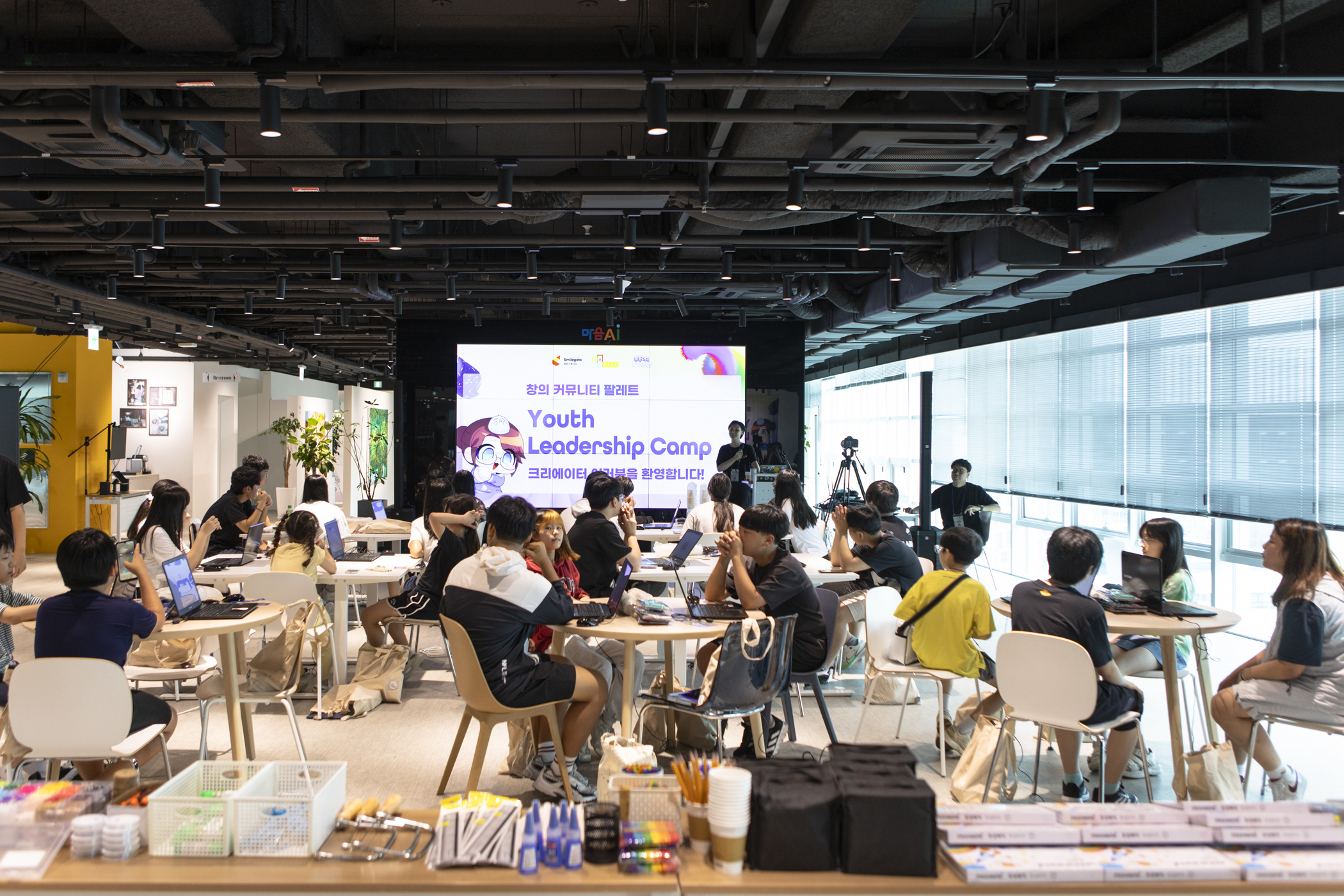
“I really enjoyed learning and reflecting on the role and qualities of a leader at the Palette Youth Leadership Camp.”
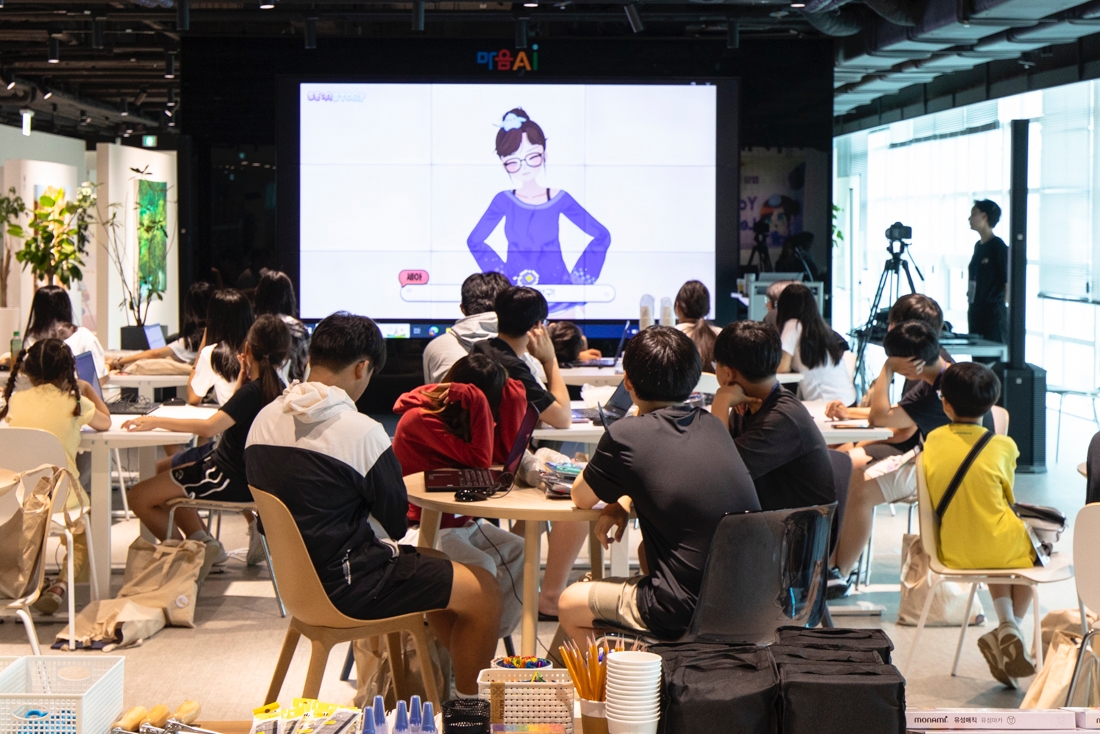
A total of 32 children and teens from local community centers in Seoul, Gyeonggi, Gangneung, and Jeonju joined the camp. It kicked off with a video message from SE:A, Smilegate’s virtual YouTuber, who encouraged the participants by saying, “Welcome to the Leadership Camp! I hope you gain valuable experiences—fighting!” The event carried special meaning as it was funded by donations from subscribers of SE:A’s Naver “Chzzzik” and YouTube channel “SE:A Story.”
The Core of Team Projects: Communication-Based Collaboration
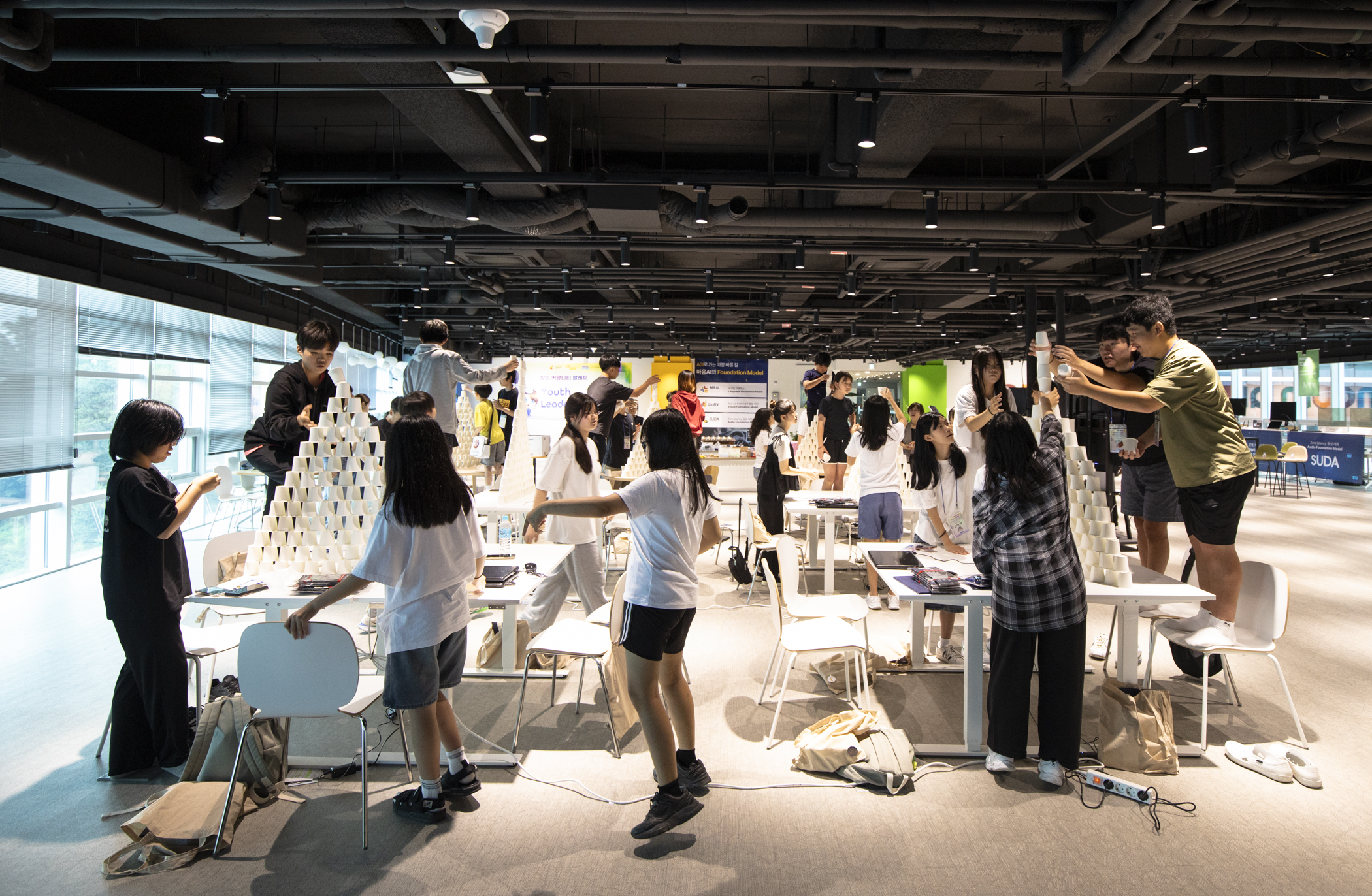
Divided into teams of four or five, the children began with icebreaking activities such as stacking paper cups and memorizing teammates’ names and ages to get to know one another. What mattered most was understanding that no one should be blamed for mistakes—whether it was forgetting a name or toppling a cup tower. They comforted one another with phrases like, “It’s okay to make mistakes. We can try again,” showcasing a mature attitude. The initially awkward atmosphere soon gave way to a growing sense of camaraderie.
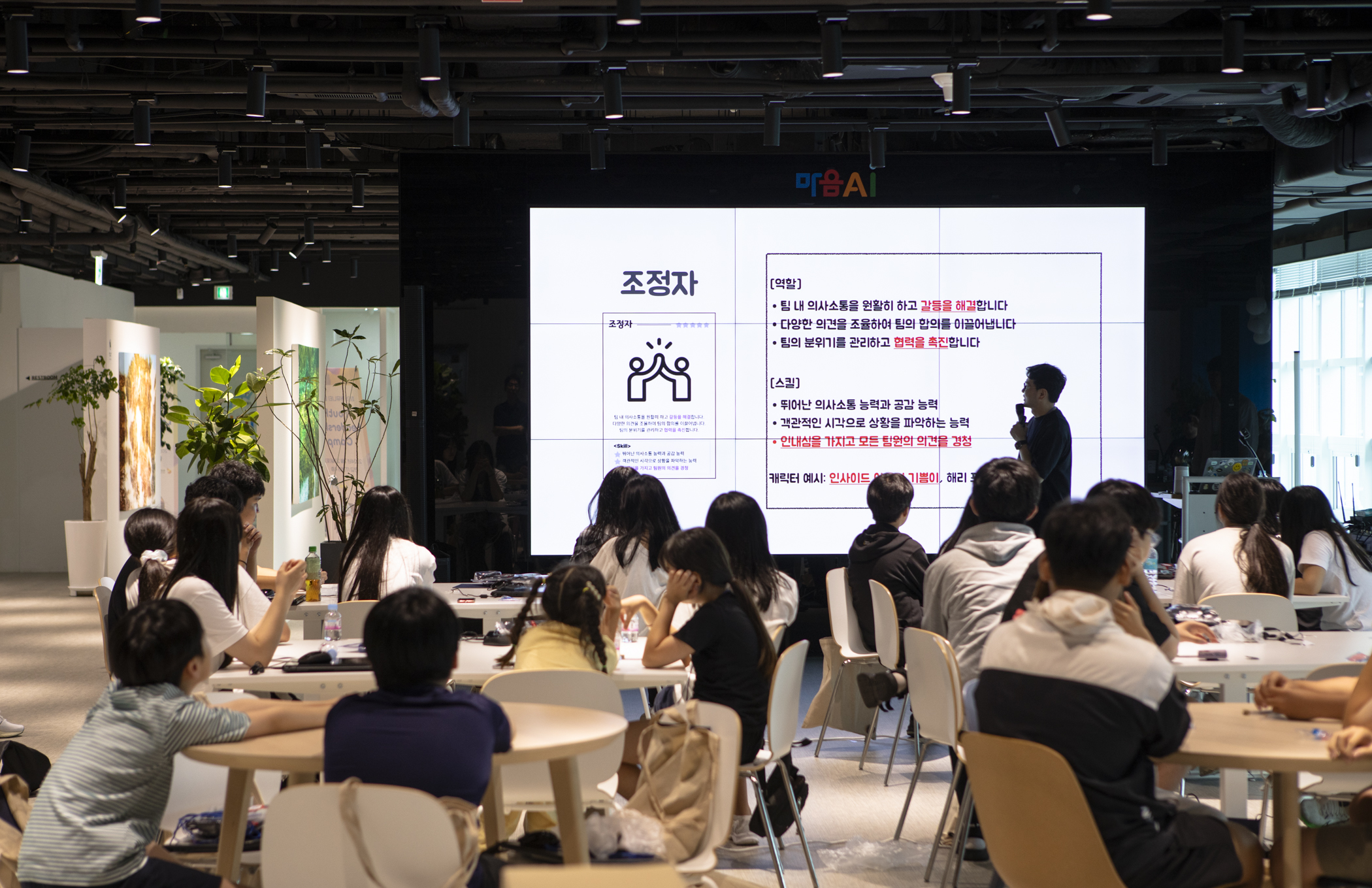
The next session focused on leadership in team projects, led by Art & Tech education planner and artist Choi In-seol. Referencing characters from the movie Avengers, Choi explained, “Just as unique characters with different strengths come together to defeat villains as a team, a successful project also requires diverse roles.” He introduced five essential roles: Leader, Maker, Coordinator, Idea Banker, and Closer. For instance, the Idea Banker proposes feasible concepts, while the Maker brings them to life. The children each selected a role and reflected on how they could contribute to the project.
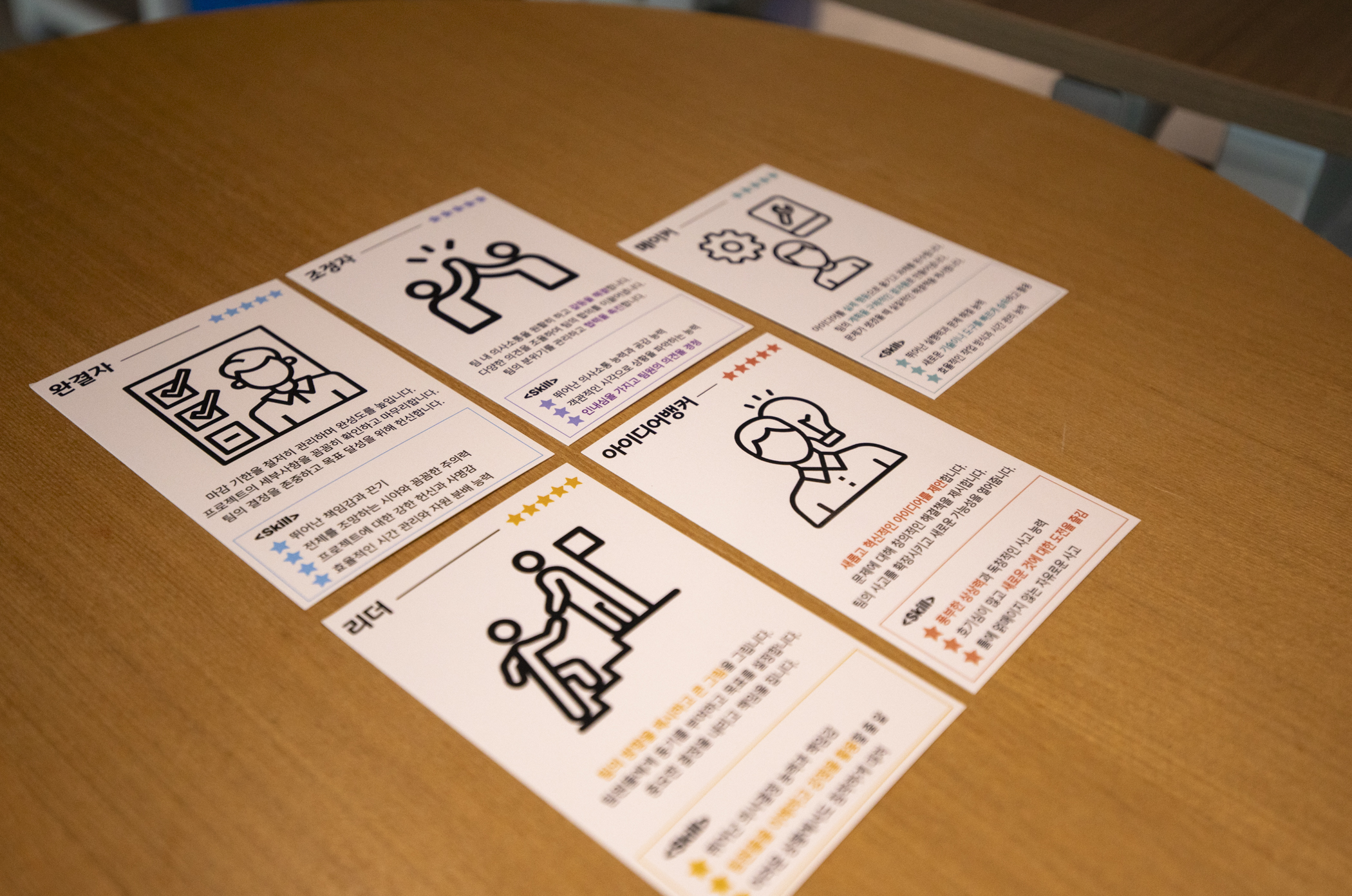
Choi emphasized, “The most critical element in team projects is building a cooperative structure rooted in communication. To maximize synergy, members with diverse backgrounds and knowledge must communicate consistently.” The children listened intently, pressing their pencils firmly onto paper as if to etch his words into memory.
What Did Their Lively Imaginations Envision for the Year 2040?
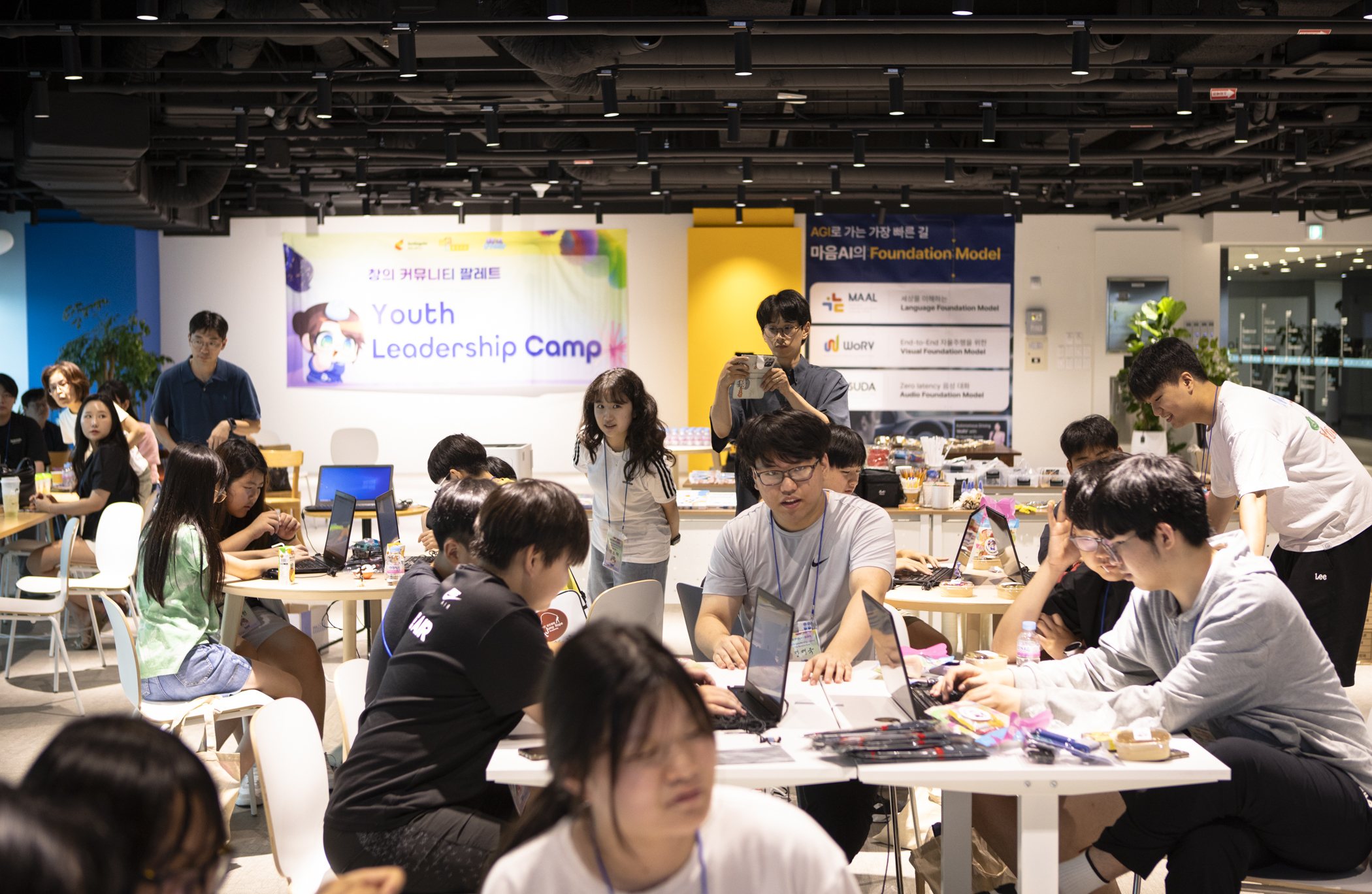
After the lecture, an AI-powered creative workshop titled “Future Prediction Center 2040” took place. This session invited participants to imagine and express how the near future might look as artificial intelligence becomes more widespread. Each child carried out the project according to their chosen role—for example, the Leader set the project’s direction, while the Coordinator gathered opinions within the team to foster collaboration.
The children depicted their visions of the houses, schools, and streets they might live in by 2040 with great creativity. Using materials such as box tape, cable ties, modeling clay, and wires on foam boards about 70cm wide and tall, their imagined 2040 worlds came to life with a playful spirit. It was impressive to see them working together to complete their projects, each faithfully fulfilling their roles as Leader, Maker, Coordinator, Idea Banker, or Closer.
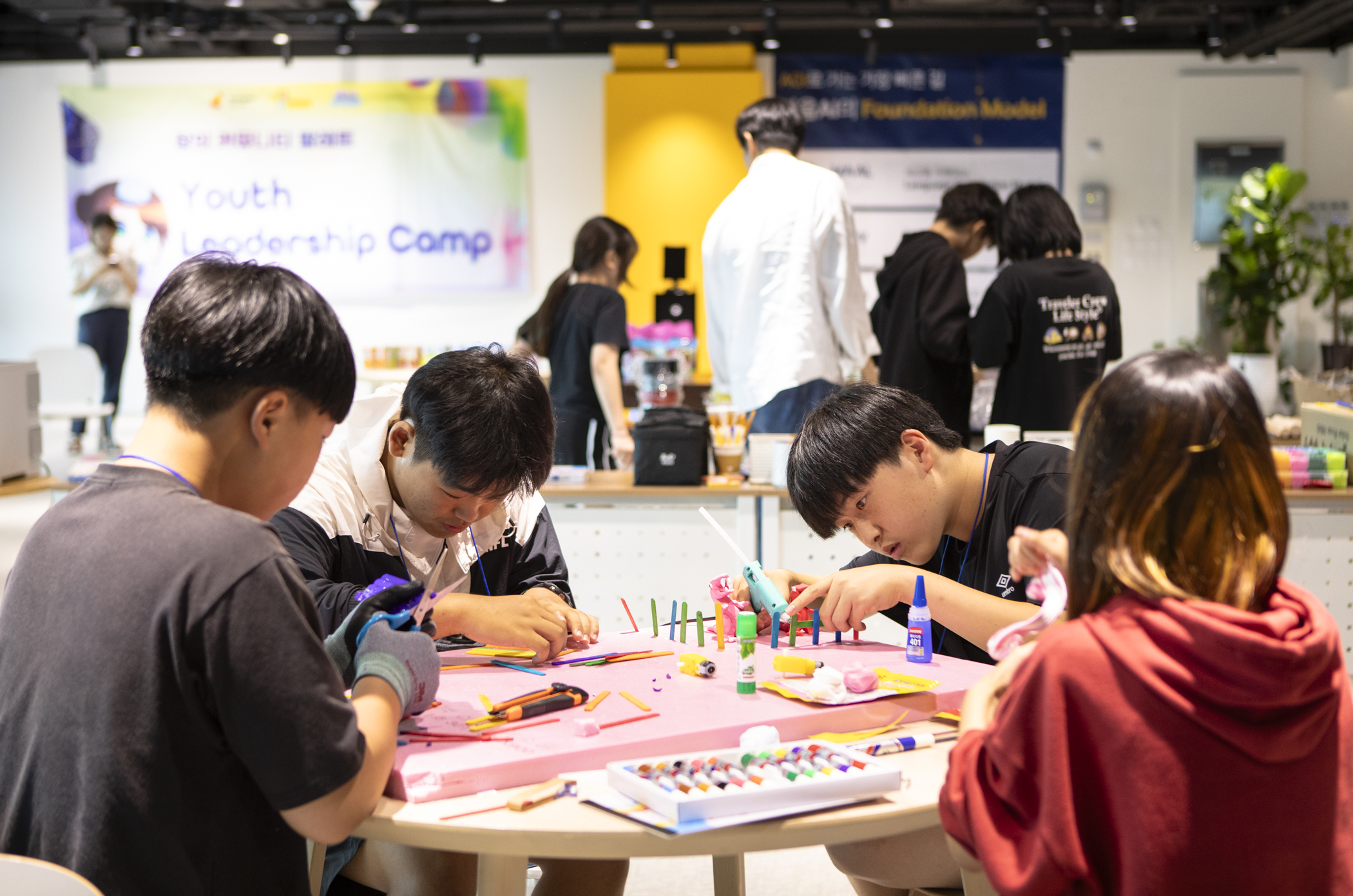
Over two hours, seven teams became fully immersed in bringing their ideas to life, producing creations brimming with imagination. The works depicted diverse futures, from classrooms where robot teachers lead lessons, to AI-operated restaurants, zoos filled with cloned dinosaurs, and even a world where an AI nuclear war sparks a third world war.
This camp especially focused on enabling children to cultivate leadership through team projects. It is hoped that these young leaders will return to their community centers and help diverse creative cultures take root and spread more widely.
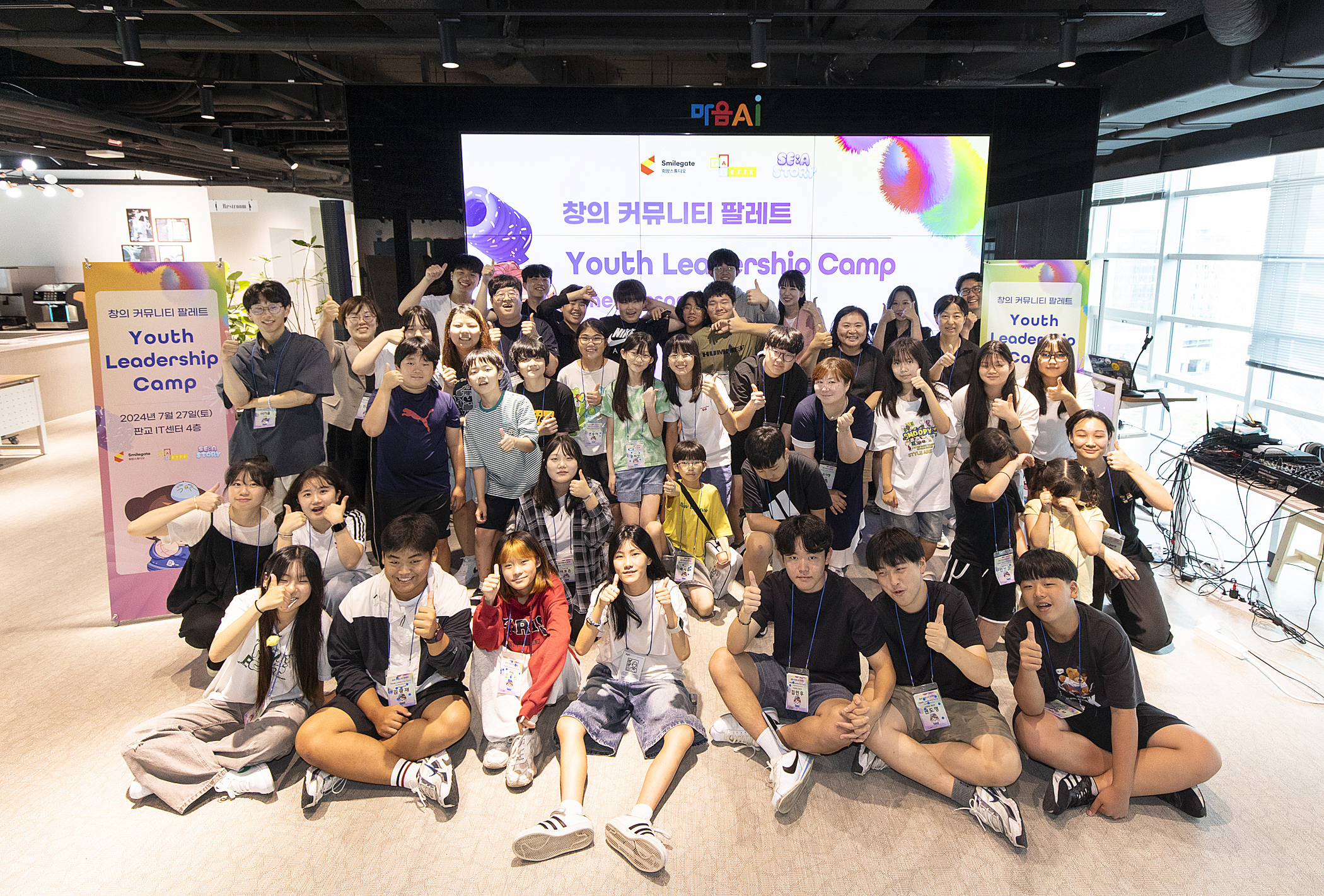
Mini Interview – Jung Ji-eun (Participant of the Palette Youth Leadership Camp)
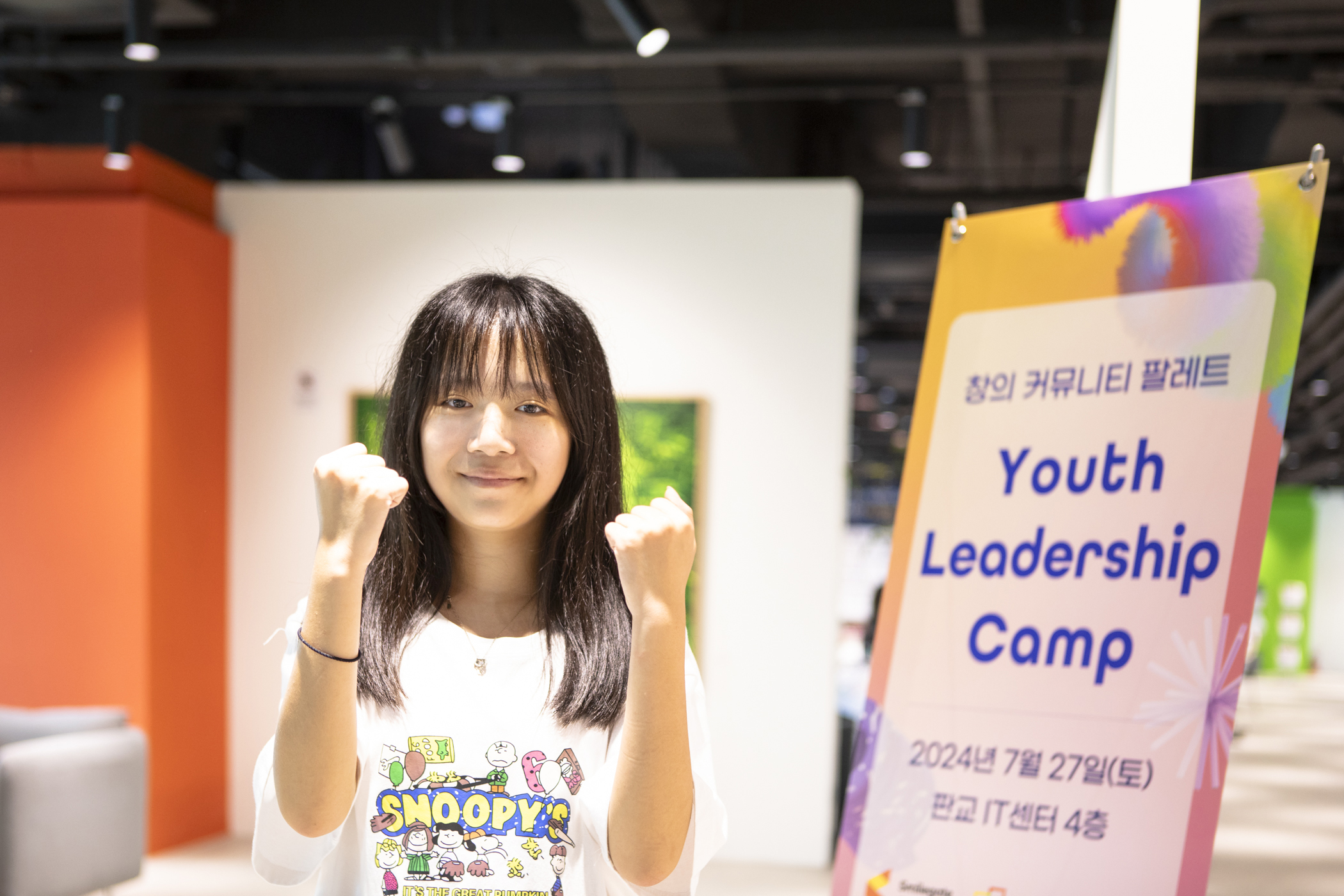
Q. Please introduce yourself.
Hello, my name is Jung Ji-eun. I am a first-year middle school student living in Jeongwang-dong, Siheung-si, Gyeonggi-do.
Q. How did you feel about participating in the Palette Youth Leadership Camp?
In the Palette program, I worked on songwriting and composition projects with my teammates, and hearing our song “Magical Girl” play as background music at this event made me feel so proud. (laughs) At first, it was a bit awkward being teamed up with friends I’d never met, but after spending time together at the camp, we shared lots of stories and grew closer. Working on the “Future Prediction Center 2040” project together brought us even closer, and I was happy with how creative our results were.
Q. In what ways do you feel you grew through this camp?
While working on our project, we had some conflicts because our opinions differed. But as we began to accept each other’s ideas and move toward better solutions, I really felt like we had become a true team. I realized that embracing everyone’s thoughts made our ideas richer. I think the biggest takeaway was that we all grew together.
Q. How would you like to apply what you learned at camp in your community center?
I’d like to share what I learned about leadership with my friends and exchange ideas with them. I also plan to think more about how leadership can support creative activities. I believe everyone has their own unique interests and talents, and I’d like to help my friends express those strengths fully.
However, when quoting content in articles, please credit it as “Smilegate Newsroom.”


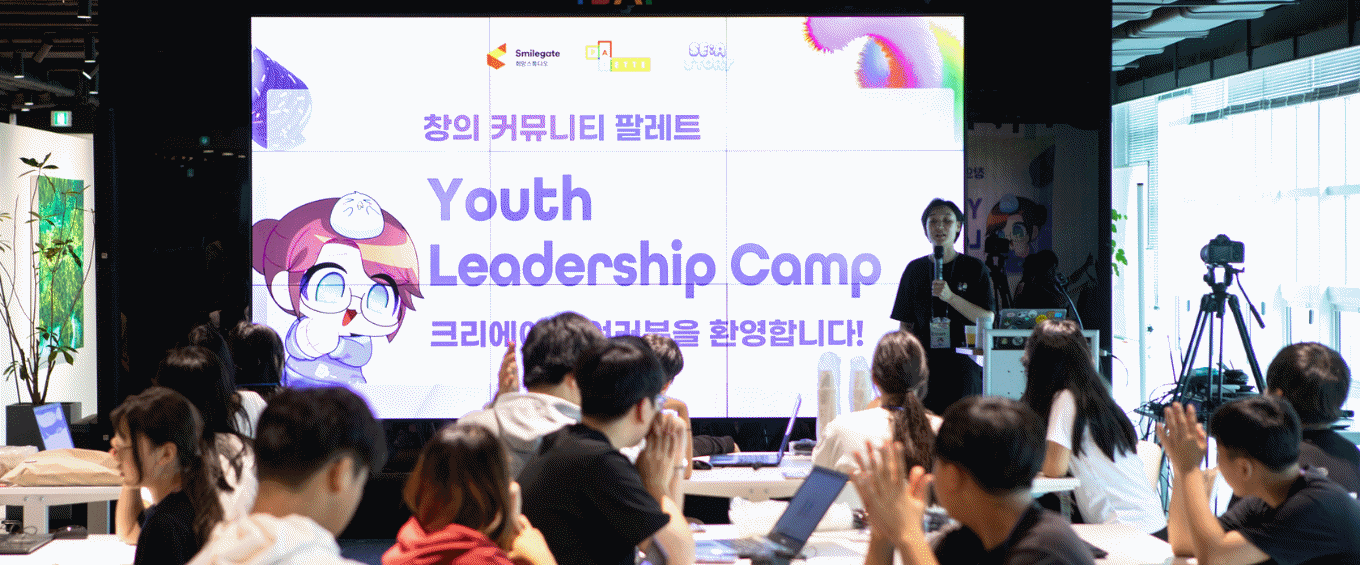

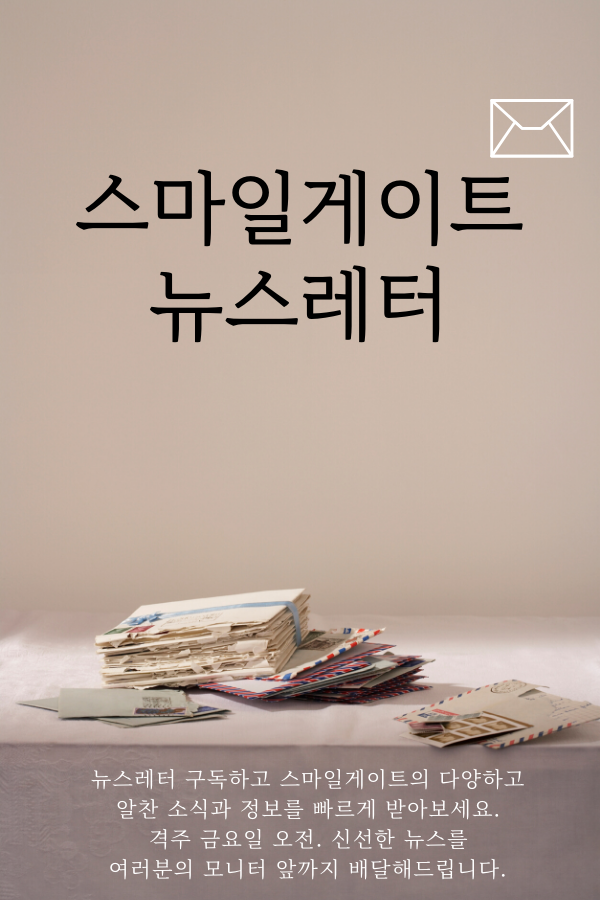

 TOP
TOP
